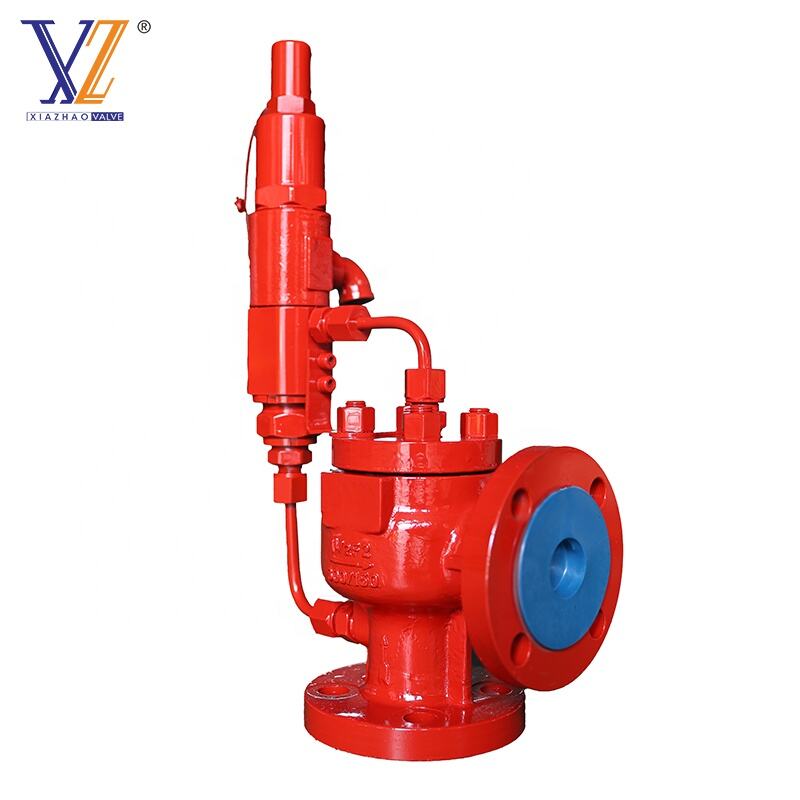pilot operated valve working principle
The pilot operated valve working principle represents a sophisticated approach to fluid control systems, utilizing a two-stage operation mechanism that combines precision with efficiency. At its core, the system employs a small pilot valve to control a larger main valve, enabling the management of high-pressure fluids with minimal operating force. The primary function involves using the system pressure itself to assist in the valve's operation, where the pilot stage initiates the process by controlling a small flow that subsequently triggers the main valve movement. This innovative design allows for precise control of large flow rates while requiring significantly less external power for operation. The technology incorporates various components, including the pilot valve, main valve, control chambers, and pressure-sensing elements, working in harmony to achieve optimal flow control. Applications span across numerous industries, from hydraulic systems in manufacturing to process control in chemical plants, and water management systems. The principle particularly excels in situations requiring precise flow control under high-pressure conditions, making it ideal for industrial processes where accuracy and reliability are paramount. The system's versatility allows for both on-off control and proportional flow regulation, adapting to various operational requirements while maintaining consistent performance.
